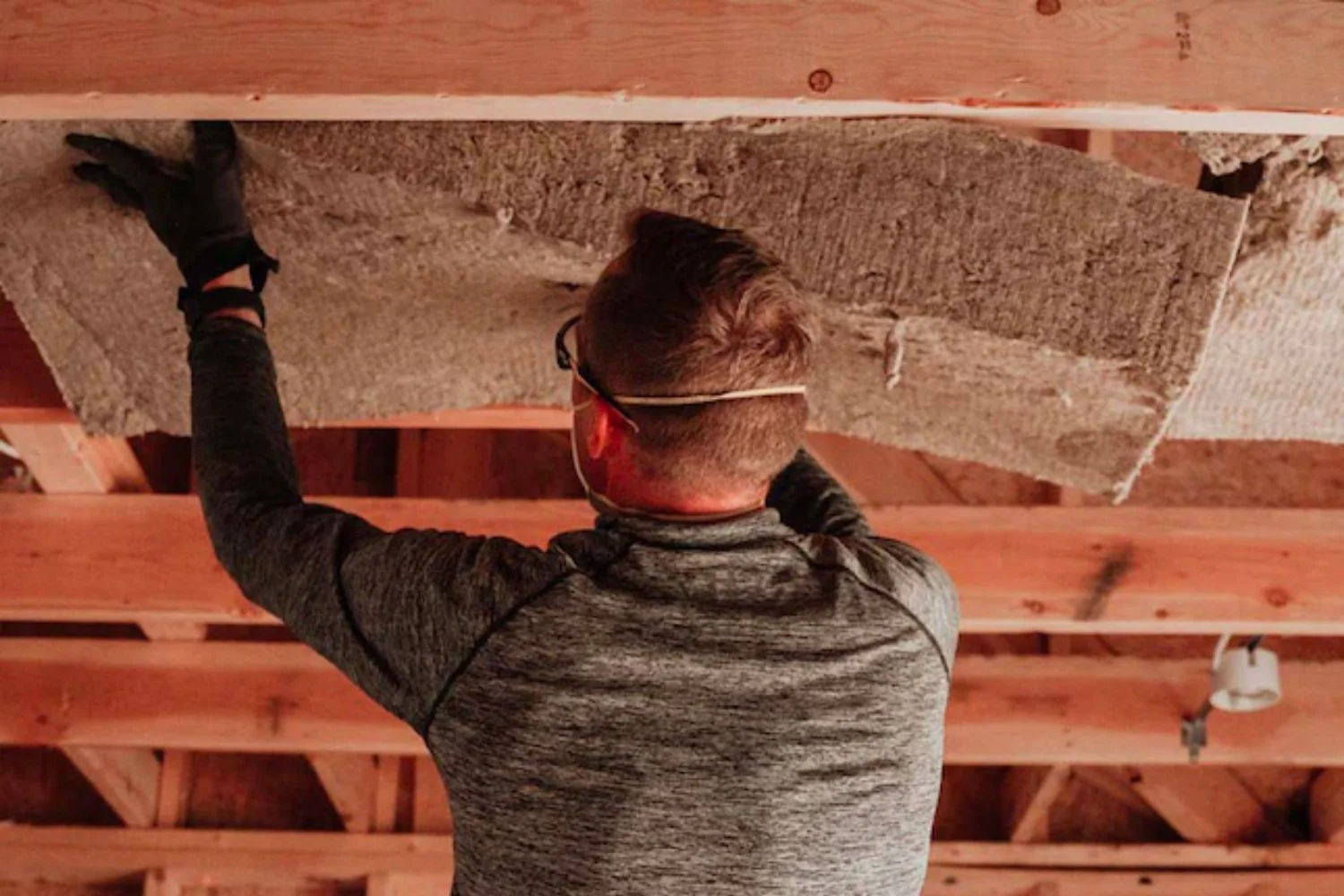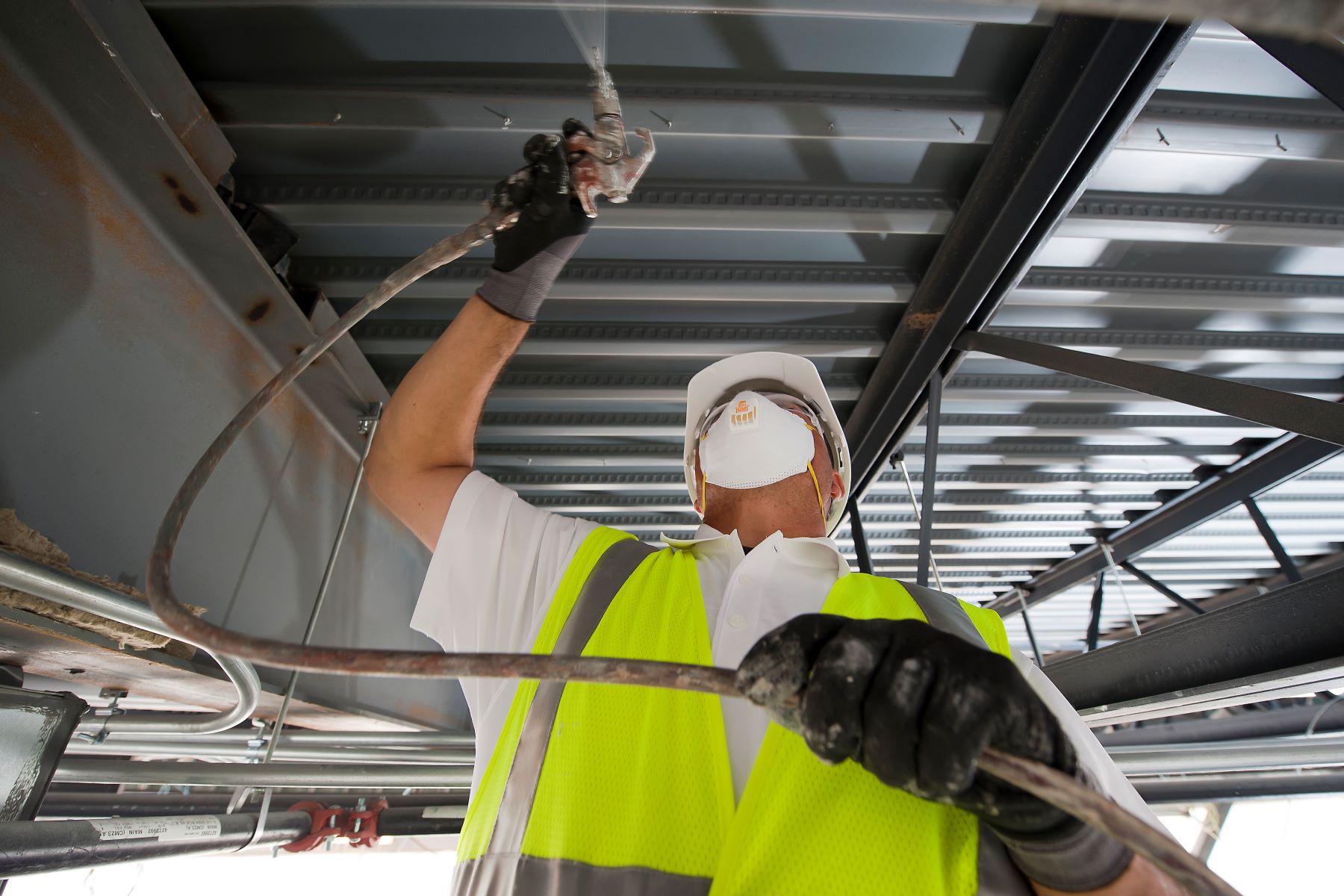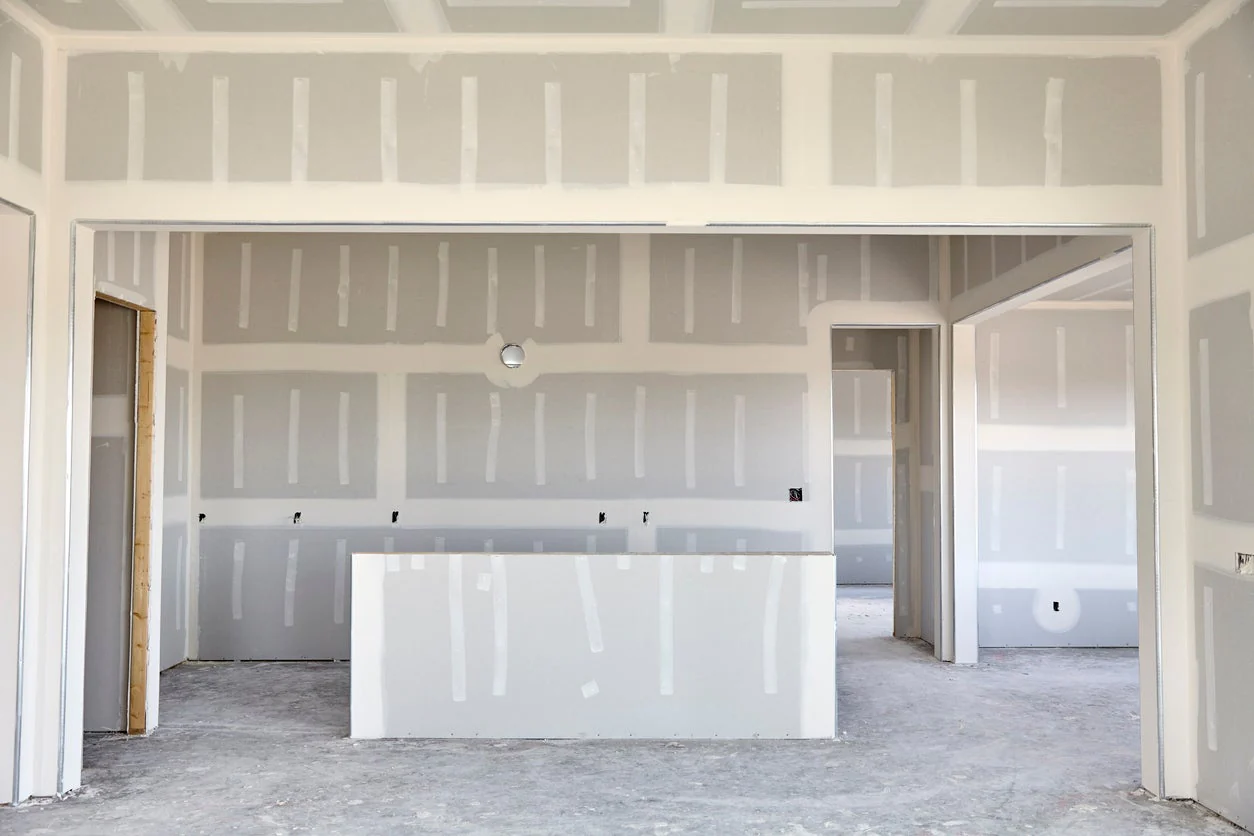
In a world increasingly focused on sustainability and energy conservation, the concept of an energy-efficient home has gained significant prominence. Creating a home that not only provides comfort but also minimizes energy consumption is a goal that benefits both homeowners and the environment. One of the fundamental aspects of achieving this goal is the proper insulation of your home. In this comprehensive guide, we will take a deep dive into insulation solutions, including Thermal Batt Insulation and Blown In Insulation, to understand how they play a pivotal role in creating energy-efficient homes.
The Importance of Energy Efficiency
Before delving into insulation solutions, it’s essential to grasp the significance of energy efficiency in today’s world. Energy efficiency isn’t merely a buzzword; it’s a necessity. Here’s why:
Honesty, integrity & experience
1. Environmental Impact
Reducing energy consumption translates to a reduced carbon footprint. Energy-efficient homes contribute to a healthier planet by reducing greenhouse gas emissions and conserving valuable natural resources. It’s a step toward a more sustainable future.
2. Cost Savings
Energy-efficient homes are cost-effective homes. When your space is properly insulated, you’ll notice a significant reduction in your utility bills. Over time, the savings can be substantial, making it a smart financial choice.
3. Comfort and Well-being
Energy-efficient homes are more comfortable to live in. They maintain consistent indoor temperatures, free from drafts and extreme heat or cold, creating a cozy and inviting atmosphere. Comfortable living spaces contribute to a higher quality of life.
How Insulation Works
Insulation is the unsung hero of energy-efficient homes. It acts as a thermal barrier, slowing down the transfer of heat into and out of your space. This means that during the winter, it keeps the warmth inside, and during the summer, it prevents excess heat from entering. Proper insulation creates a comfortable and consistent indoor environment while reducing the workload on heating and cooling systems. There are two main types of insulation solutions commonly used in homes: Thermal Batt Insulation and Blown In Insulation.
Thermal Batt Insulation
Thermal Batt Insulation, also known as fiberglass insulation, is a popular choice for homeowners looking to enhance the energy efficiency of their spaces. It consists of flexible batts or rolls made from glass fibers. Here’s why Thermal Batt Insulation is a reliable choice:
1. Excellent Thermal Performance
Thermal Batt Insulation is prized for its exceptional thermal performance. It effectively resists the transfer of heat, making it an ideal choice for insulating walls, ceilings, and floors.
2. Versatility
It can be used in various parts of your home, including attics, walls, and crawl spaces. Its versatility makes it suitable for both new construction and retrofit projects.
3. Fire Resistance
Thermal Batt Insulation is inherently fire-resistant, providing an added layer of safety to your home. It doesn’t contribute to the spread of flames, which is a crucial consideration for homeowners.
4. Cost-Effective
This type of insulation is relatively cost-effective, making it an accessible option for homeowners looking to improve energy efficiency without breaking the bank.
Tips for Installing Thermal Batt Insulation:
- Ensure proper installation by leaving no gaps or voids.
- Use protective gear when handling fiberglass insulation to prevent skin irritation.
- Seal any air leaks in your home before installing insulation for optimal performance.
Blown In Insulation
Blown In Insulation is another exceptional insulation solution known for its ease of installation and uniform coverage. It’s made from loose-fill materials such as fiberglass, cellulose, or mineral wool, and it’s applied using special blowing equipment. Here’s why Blown In Insulation is gaining popularity:
1. Quick and Efficient Installation
Blown In Insulation can be installed quickly and efficiently, making it a preferred choice for both residential and commercial projects. Its loose-fill nature allows for precise application.
2. Uniform Coverage
One of its standout features is the ability to provide consistent and uniform coverage, eliminating gaps and voids that may occur with other insulation methods.
3. Adaptability
Blown In Insulation can be easily applied in various areas, including attics, walls, and floors. Its adaptability makes it suitable for retrofitting existing structures.
4. Soundproofing Qualities
In addition to its thermal benefits, Blown In Insulation also offers soundproofing qualities, reducing noise transmission within your space.
Tips for Installing Blown In Insulation:
- Work with experienced professionals who have the right equipment and expertise.
- Choose the right type of loose-fill insulation material based on your specific needs and budget.
- Ensure the insulation is evenly distributed to achieve uniform coverage.
Choosing the Right Insulation Solution
The choice between Thermal Batt Insulation and Blown In Insulation depends on various factors, including your budget, the specific area of your home you’re insulating, and your insulation goals. It’s often recommended to consult with insulation experts who can assess your needs and recommend the most suitable solution.
Long-Term Benefits of Energy-Efficient Homes
Investing in energy-efficient insulation solutions, whether it’s Thermal Batt Insulation or Blown In Insulation, yields long-term benefits for homeowners:
1. Lower Utility Bills
Energy-efficient homes enjoy reduced heating and cooling costs, leading to substantial savings over the years.
2. Increased Property Value
Homes with excellent insulation are more attractive to buyers and tend to have higher resale values.
3. Enhanced Comfort
Consistent indoor temperatures, free from drafts and extreme conditions, create a more comfortable living environment.
4. Environmental Responsibility
Energy-efficient homes contribute to a greener planet by reducing energy consumption and minimizing carbon emissions.
Conclusion
Creating an energy-efficient home is a wise investment in your future and the planet’s well-being. Proper insulation is a cornerstone of energy efficiency, and solutions like Thermal Batt Insulation and Blown In Insulation are integral to achieving this goal. Whether you’re building a new home or retrofitting an existing one, consult with insulation experts to determine the best approach for your specific needs. By prioritizing energy efficiency, you’re not only making your home more comfortable but also taking a significant step towards a sustainable and environmentally responsible future.
continue reading
Related Posts
In an increasingly noisy world, finding tranquility and peace within our living and working spaces has become a precious commodity.
In an unpredictable world, where unforeseen events can change lives in an instant, the importance of safety cannot be overstated.
Drywall, often referred to as gypsum board or sheetrock, is the unsung hero of interior construction. It's the canvas upon which the aesthetics and functionality of a space are created.




